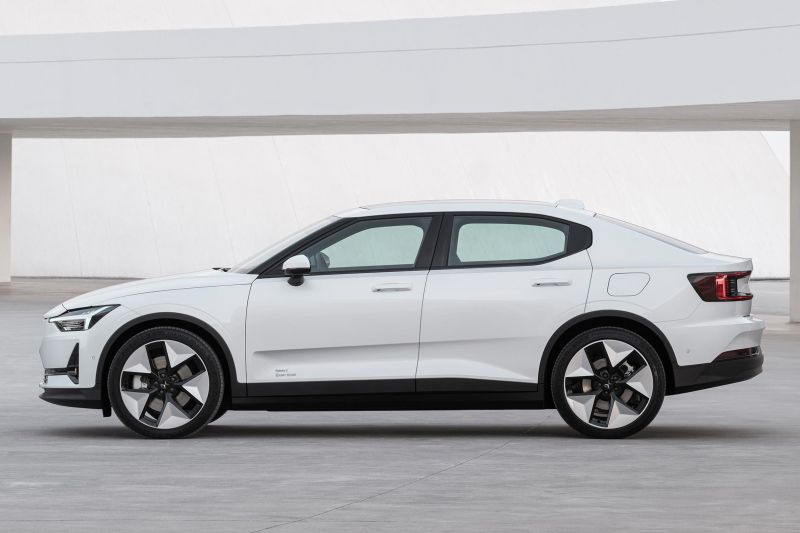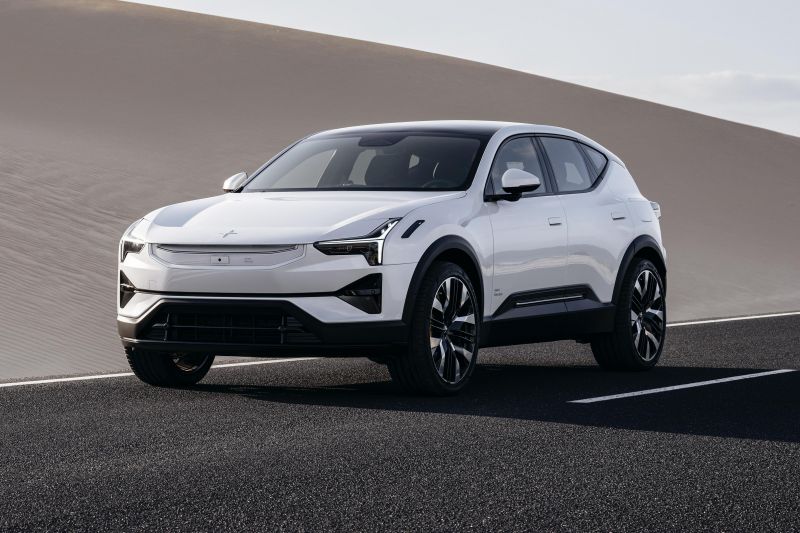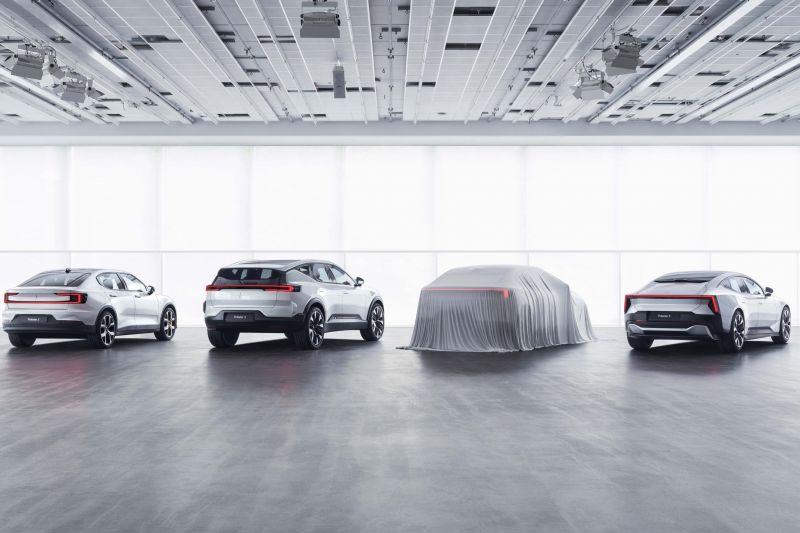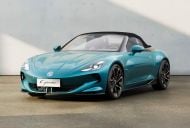Polestar has announced in its third and latest annual sustainability report that it reduced its relative CO2 emissions by eight per cent last year compared to 2021 levels, though its overall emissions have gone in the opposite direction.
This reduction in relative CO2 emissions is despite the Sino-Swedish carmaker delivering a record number of cars in 2022. Globally almost 51,500 Polestar cars were delivered last year.
Polestar elaborates that although relative CO2 emissions are down, absolute emissions across its value chain have increased by 67 per cent as a result of the production scale-up.
Relative emissions refers to the emissions involved in producing and delivering a vehicle, while absolute emissions are the overall emissions of the company.
The company says the reduction in relative CO2 emissions is “down to several factors”, including reduced transporting, high sales in markets with more renewable energy on grids, as well as updates pushed through its sustainability team.
An example of one of these updates is Polestar changing the supplier providing aluminium for the Polestar 2‘s wheels and battery trays to a hydro-powered smelter. This resulted in a 1.2-tonne reduction per car.
Another contributing factor to this reduction in relative CO2 emissions includes how the Luqiao CMA Super Factory in China is now powered by “100 per cent renewable energy”. This is where the Polestar 2 is currently made.
The company also indicates that a larger share of single-motor vehicles helps reduce relative CO2 emissions as well due to the lower energy demand during production.
Polestar still believes it’s on track to halve its relative emissions by 2030.
It also still plans to create a “truly climate-neutral car” by 2030. This project is known as Polestar 0 and has now been joined by “over 20 leading players from various industries”.
The Sino-Chinese carmaker currently only produces one car, which is the Polestar 2. The Tesla Model 3 rival has been on sale in Australia since 2021 and recently received an update that includes single-motor variants switching from front-wheel drive (FWD) to rear-wheel drive (RWD), among other alterations.
The Polestar 3 SUV is set to arrive in Australia in 2024 and will be available in two well-specified variants with pricing close to the BMW iX.
Beyond these two Polestar vehicles that have already been revealed, the company is set to debut the smaller Polestar 4 crossover this year, and the Polestar 5 four-door GT in 2024 – bringing the Polestar Precept concept to life.
Polestar also recently announced it’s building a production version of its O2 concept, called the Polestar 6, which will launch in 2026.










